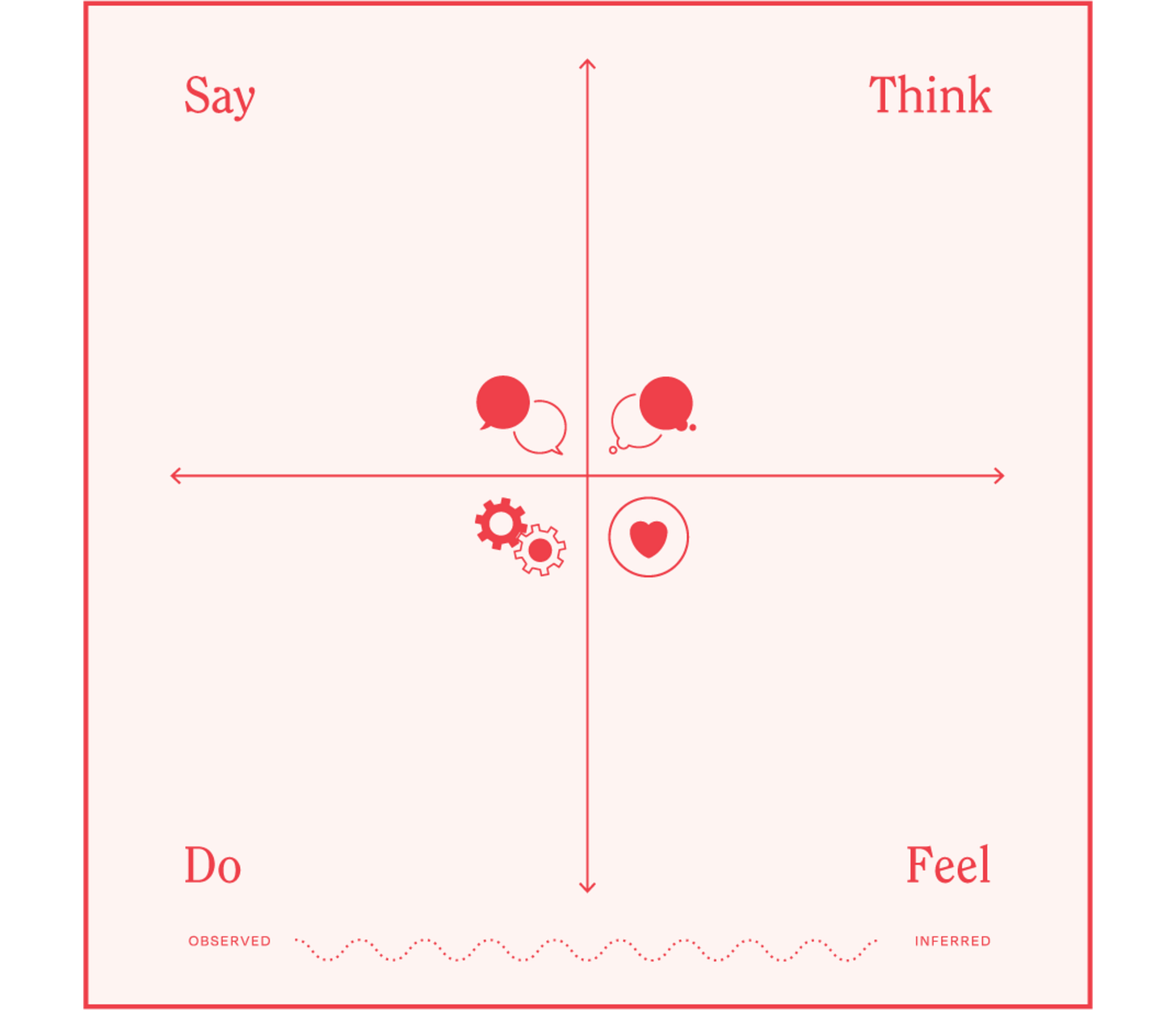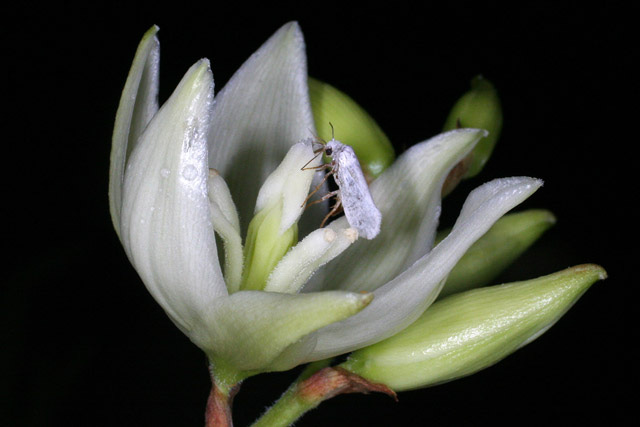Patterns, Personas, and Product-Market Fit
v.5 | Cultural and psychological foundations of archetypal patterning for empathy-building, strategic design, and value creation.
A hallmark of our species is the conscious and cognitive ability to willfully name, label and categorize the world as it appears to us.
In healthcare, for instance, organizing clustered symptoms into a singular diagnosis enables doctors to deliver the most appropriate medical attention. Similarly, archetypes empower us to identify pervasive symbols and phenomena so as to better understand the complex and full spectrum of human experience.
Carl Gustav Jung theorized archetypes as structuring principles that describe basic forms, functions, and behaviors. They are universal imprints of our ancestral past, forming an “archaic strata” that is fundamental to our humanity. They are embodiments of shared stories and lessons that connect us as conscious individuals to shared subconscious meanings and desires.
Jungian psychologist Clarissa Pinkola Estés writes:
“Archetype exists everywhere and yet is not see-able in the usual sense…its glow, its voice, and its fragrance are meant to cause us to be raised up from contemplating the shit on our tails to occasionally traveling in the company of the stars”
In human-centered design, we use archetypes to coalesce user and customer needs, aspirations, pain points, and behavior into a digestible descriptive snapshot—a narrative. We differentiate an archetype from a persona in that the latter includes additional features like a title, adage, or face. When unearthed through discovery research, personas are built from solid primary data, expressing composite characteristics and key patterns of existing or potential customers or “users.” Archetypes are also present in key personality tests like Meyers-Briggs, StrengthsFinder, and the Enneagram. They are a powerful tool in designing collaborative teams and organizations with balanced strengths for maximum impact.
Keen archetypes clarify patterns and convey which affordances, innovations, subtractions, or reframes are needed in a product, brand, space, or system. They are a resource that unites all parts of an organization from design and product to engineering, marketing, and sales.

Archetypes, though universal—and in a sense eternal, do need to be consistently evaluated, assessed, and in some cases reconstructed. We must remember that desires, fears, needs, and goals change over time, while core values often do not. To return to our example of medical diagnoses, the combination of exhaustion and nervousness is no longer called neurasthenia, as it was in the late 19th century, but is now labeled “burnout.” Sometimes an archetype becomes so commonplace that it hardly carries meaning anymore, or its meaning is so diffuse it doesn’t help us to better understand the world, our clients, customers, or ecosystems. The naming and tonality of an archetype must be contextually appropriate, and relevant, because this unique narrative helps us to define problems, and generate and evaluate solutions.
Whether we are seeking to better understand a target audience for a new product or service, modeling the behaviors of existing customers, or envisioning the most optimal team for collaboration and connection, archetypes and personas are compelling tools for concentrating insight. They are a resource that guides us and our clients toward better decision-making, prototyping, and implementation.
Blumline’s unique persona discovery process builds upon the fantastic methods of Kim Goodwin and Alan Cooper, utilizing goal-directed design—with a distinct perspective on taxonomic categories, powerful naming, and a combination of mental models, ecological (system) relationships, and powerful aural and video storytelling.
In the last year, we partnered with an incredible SaaS company to help them understand a new market, and identify the best opportunities for their current product through rigorous discovery research and persona identification. After our first project wrapped, our key client partner told us that our work generated only positive feedback, and that “more than one person used the phrase ‘mind-blowing’” to describe our impact. Blumline exists to do just that: open and inspire minds, and model what truly incisive, creative, powerful research, strategy, design, and storytelling looks like.
Our “mind-blowing” work is informed by ethnographic thinking and cultural and psychological foundations. Persona failures—of which we have all seen examples (cue “Nancy the Marketer,” defined by Demographics A, B, C, and D)—occur when they lack actual data, deep analysis, structure, dimension, and context. Below you’ll find examples that illuminate the potent ways archetypes influence our collective lives—archetypes as manifest in biology, cosmology, and mythology. May they inspire and strengthen your inquiry and ideation practice.
To patterns and prescience,
Blumline
Do you need to identify your target customers, audience, or users? We’re here to help you get clear, and bring your team along for a learning journey with our product-market fit and persona discovery research and strategy process.
When a new species emerges, its first member builds upon its inheritance, the archetypes of its ancestors. This fresh being, however, will add its own spin to the archetypal tale, refining old patterns in the process of evolution. This novel creature will be better suited to its ecosystem than its predecessors: a product of both inheritance and adaptation. As biologist Jacques Monod says:
"Everything comes from experience, yet not from actual experience… but instead from experience accumulated by the entire ancestry of the species in the course of its evolution."
Evolution is accompanied by instinct, exemplified by the case of the yucca moth, whose mutualistic relationship with the yucca plant is highly specialized. On a single evening when the yucca plant flowers, the yucca moth emerges. Its task is to form a pellet from the yucca pollen of one plant, and implant it in the pistil of a different plant. This isn’t a learned behavior; it is an archetypal performance. As Jung says:
the yucca moth “must carry within it an image, as it were, of the situation that ‘triggers off’ its instinct.”
When, as creators and thinkers, we replicate, intuit, innovate and iterate, we are simultaneously adapting based on a long lineage of inventors who have come before us, but also adapting to the particular needs of the moment and ecosystem in which we find ourselves.

We help leaders and organizations understand customers’ behaviors and motivations to build products, services, and experiences based on real needs to drive value and create resonance. Rigorous research, mind-blowing insights, and brilliant strategy sound supportive?
The circle, represented in cultures across time and space, is an image of wholeness, a symbol of the cyclical nature of life that has been recognized by people and societies for eternity. In The Book of Circles Manuel Lima writes:
“The circularity exhibited in nature turned out to be much more than a source of wonder. It soon became a chief guiding principle of human culture, emulated and reinvented in art, religion, language, technology, architecture, philosophy, and science. Used to represent a wide range of ideas and phenomena pertaining to almost every domain of knowledge, the circle became a universal metaphor embraced by virtually every civilization that has ever existed.”
This enduring symbol is manifest in the human eye, in tree rings, and as we look beneath the surface of skin at cells. It has become the blueprint for clocks and calendars, citadels, cities, and charts. In this way, the archetype of the circle both reflects and reveals our place in the cosmos, and in design work, helps us tap into a deep, universal, and collective consciousness.

Stories shape us and myths infuse our daily lives, whether we consider ourselves entirely rational and logical, or we entertain the legend of Bigfoot. Built upon, socialized, and naturalized, myths often become so ingrained in our patterns and habits that we forget they are myths at all, instead taking them at face value. Sometimes, the archetypal myth or story can slip into dangerous typecast–like the myth of “The Mad Genius.”
Christina Taylor argues that this:
“romantic stereotype that creativity is enhanced by a mood disorder is dangerous, and dissolves under careful scrutiny.”
The label doesn’t arise from malice. It is formed and reinforced over time.
Virginia Woolf herself wrote:
“In illness, with the police off duty, we creep beneath some obscure poem by Mallarmé or Donne, some phrase in Latin or Greek, and the words give out their scent and distil their flavour, and then, if at last we grasp the meaning, it is all the richer for having come to us sensually first, by way of the palate and the nostrils, like some queer odour.”
Woolf wasn’t alone in correlating illness with mystical capacities. Taylor notes that:
“writers in the Romantic Era cultivated an ‘aura of mania’ to appear possessed of extraordinary ability.”
But is this myth still helpful? If we believe that creativity is due to imbalance, then it reinforces the idea that true creativity is the realm of an elite few, and not something that can be cultivated. It might also stunt people from realizing their full creative capacities if they are healthy and content, but believe they must be otherwise in order to flourish artistically. Moreover, this myth can encourage harmful and antisocial behavior in the name of brilliance, while all at once minimizing the time and effort required to hone a craft.
Archetypal myths and narratives are not static. They require revisiting when they’re sterile and no longer serving a useful purpose. In this case, perhaps it’s time to retire the myth of the mad genius.

“A person’s authentic nature is a series of shifting, variegated planes that establish themselves as [one] relates to different people; it is created by and appears within the framework of [one’s] interpersonal relationships.”
— Philip K. Dick, The Selected Letters of Philip K. Dick 1972-1973
About Blumline
We are an insights-based innovation studio that partners with mission-driven change makers. Through human science, we design smarter, kinder, wiser futures—for net positive impact. If that’s you, please drop us a note to share your vision, question, or challenge.
Follow us @theblumline to see how we’re sense-making through archetypal patterning.
Feel free to share our newsletter and posts—with credit.
© Blumline 2022.














